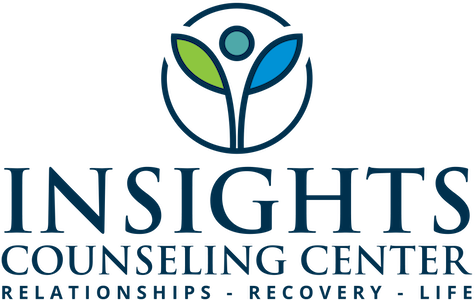How to Support a Loved One with Anxiety Without Enabling Their Bad Habits
When a family member is struggling with anxiety, everyone in the household feels it. You may find yourself changing routines, walking on eggshells, or trying to absorb the stress for them. Your instinct is to help—and that’s such a loving response—but sometimes, those efforts unintentionally make anxiety even harder to manage long term.
So how do you support someone you love without reinforcing their anxiety-driven habits? How do you stay connected without enabling? It’s a delicate balance, but one that can bring your family closer and support real healing.
Support vs. Enabling: What’s the Difference?
Support encourages growth, resilience, and independence. It says, “I’m here with you, and I believe you can do hard things.”
Enabling removes discomfort in the short term but reinforces avoidance or dependency. It says, “This feels too hard for you—let me handle it.”
In a family system, anxiety doesn’t exist in a vacuum. It often creates ripple effects—shifting roles, dynamics, and expectations. That’s why family therapy can be such a powerful space to unpack what’s happening beneath the surface, understand each person’s role, and build healthier ways of supporting one another.
1. Let Them Feel Uncomfortable (With Compassion)
Anxiety thrives on avoidance. When your loved one dodges a feared situation, they might feel temporary relief—but over time, their world shrinks.
It’s hard to watch someone you care about struggle, but stepping in to prevent discomfort can sometimes feed the anxiety. Instead, offer calm, steady presence. Encourage them to face what’s hard while reminding them they don’t have to do it alone.
You might say:
“I know this feels scary. And I believe in your ability to handle it.”
“It’s okay to feel anxious. You don’t have to fix it—just feel it and keep going.”
2. Resist the Reassurance Loop
It’s natural to want to comfort someone who’s anxious—especially when they ask questions like “Are you sure everything is okay?” or “What if I messed up?” But repeatedly offering reassurance can unintentionally reinforce the anxiety, feeding a cycle of dependence.
Instead of answering the same questions over and over, try saying:
“We’ve talked about this before—what helped you calm down last time?”
“You’re feeling anxious right now. How can I support you in managing the feeling instead of trying to make it go away?”
Redirecting their focus to self-soothing tools builds long-term resilience.
3. Set Healthy Boundaries for Yourself and the Family
When one person in a family is anxious, others often adjust around them—canceling plans, taking on extra tasks, or avoiding conflict. Over time, this can build resentment or lead to burnout.
It’s okay to say:
“I care about you, but I need to take care of myself too.”
“I can talk with you about this for 20 minutes, and then I need to step away.”
“We’re going to go to the event—even if you’re not ready to come.”
Boundaries create a clear, loving structure. They don’t distance you from your loved one—they protect your connection by making it sustainable.
4. Celebrate Effort, Not Just Outcomes
Facing anxiety takes courage. When your loved one leans into something uncomfortable—no matter how small—celebrate it.
Say things like:
“I saw you go even though it was hard. That was brave.”
“You spoke up, and I know that’s not easy. I’m proud of you.”
When families notice and affirm progress, it reinforces the message that growth is possible—even when it’s messy.
5. Encourage (But Don’t Pressure) Professional Help
You don’t have to do this alone. If anxiety is shaping the way your family operates, therapy can be a space to explore new patterns, clarify boundaries, and equip everyone with tools for change.
If your loved one is open to individual therapy, encourage it gently. If they’re not ready, you can still seek support for yourself—or for your family as a whole.
Sometimes, starting with family therapy is the most effective way to create movement. It shifts the focus from “fixing” the anxious person to building healthier relational dynamics that support everyone’s well-being.
You Can Be Loving and Empowering
Supporting someone with anxiety doesn’t mean carrying their pain or solving their fears. It means walking beside them with compassion while holding space for growth. It means trusting their capacity, even when they don’t trust it themselves.
If anxiety is impacting your family, you don’t have to navigate it alone. Family therapy can help you untangle the patterns, reset boundaries, and find new ways to support one another.
Let’s work together to create a home where everyone feels supported, empowered, and connected. Schedule a session today.

